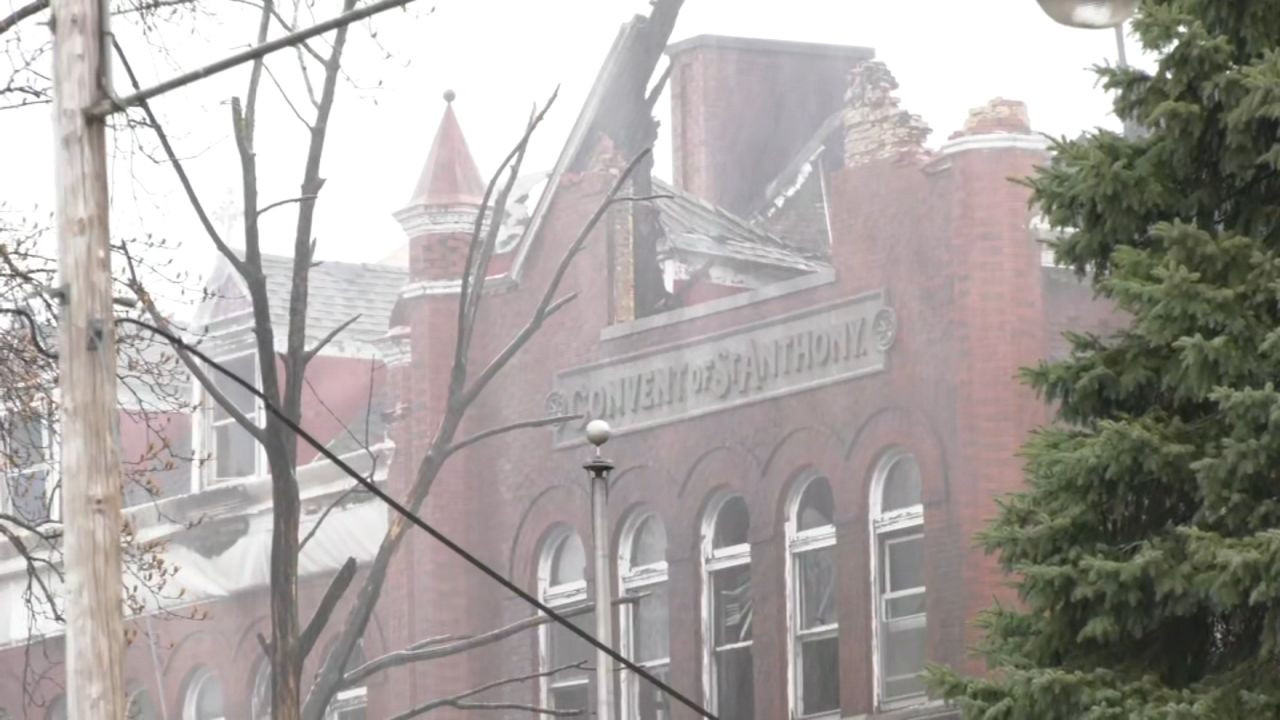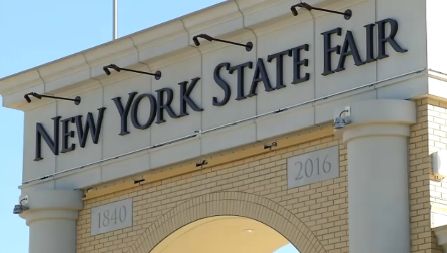The organization that oversees historic preservation in Central New York says as the area prepares for massive growth, historic preservation must be taken into consideration. They’re not just talking about established landmarks but are also arguing that any expansion of housing development or industrial space must involve rehabilitating existing structures where possible.
While the organization doesn’t discourage growth expected to come from projects like Micron’s semiconductor plant or the I-81 project, they hope the community will work to avoid the problems that industrial expansion and urban renewal created across New York State over the past 70 years.
Ariel Bero leads the Preservation Association of CNY, overseeing preservation efforts across a wide swath of the state. She says historic districts like Syracuse’s Armory Square or Rochester’s Park Avenue neighborhood are examples of how preservation can enhance communities.
“It’s been re-purposed and new businesses love being in these buildings because it really draws people in, and they like to see how [this has] been re-purposed,” she said. “All of these older buildings give so much … charm and character to our cities, and they tell the story of our cities.”
The destruction of Syracuse’s 15th Ward and the construction of Albany’s Empire State Plaza are examples of how in the past, new development has come at the expense of a city’s historic fabric and the residents and businesses that called those neighborhoods home.
In Syracuse, upcoming development projects like the proposed community grid replacing the I-81 viaduct, and Micron’s semiconductor plant and support industry could threaten historic structures.
Bero says it’s the job of local preservation organizations to step in when necessary to save historic buildings.
“It’s for anyone who is passionate about their communities and the stories these buildings tell,” she says of working or volunteering for a preservation organization.
Bero said that it’s important for the community to get involved, including monitoring projects and holding officials accountable if there’s something in a plan that could threaten a city’s historic fabric.
“Be vocal; show up to meetings; zoning meetings, any type of city planning meetings; write letters to talk to your local officials,” she said.
In addition to attending meetings and keeping on top of projects, she encourages people of any age to join their local preservation organization and get involved directly.










